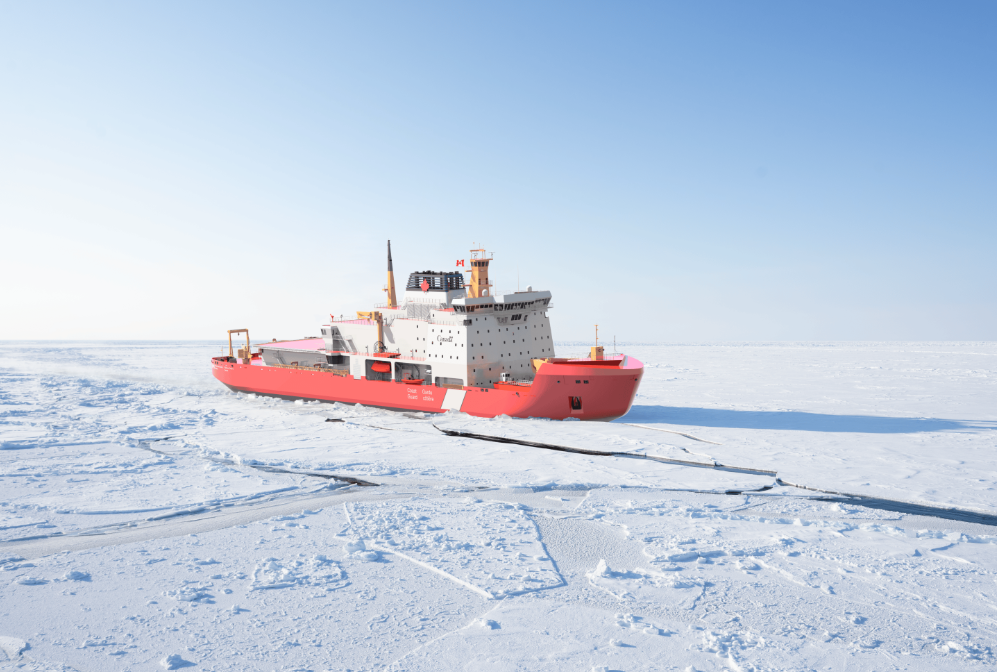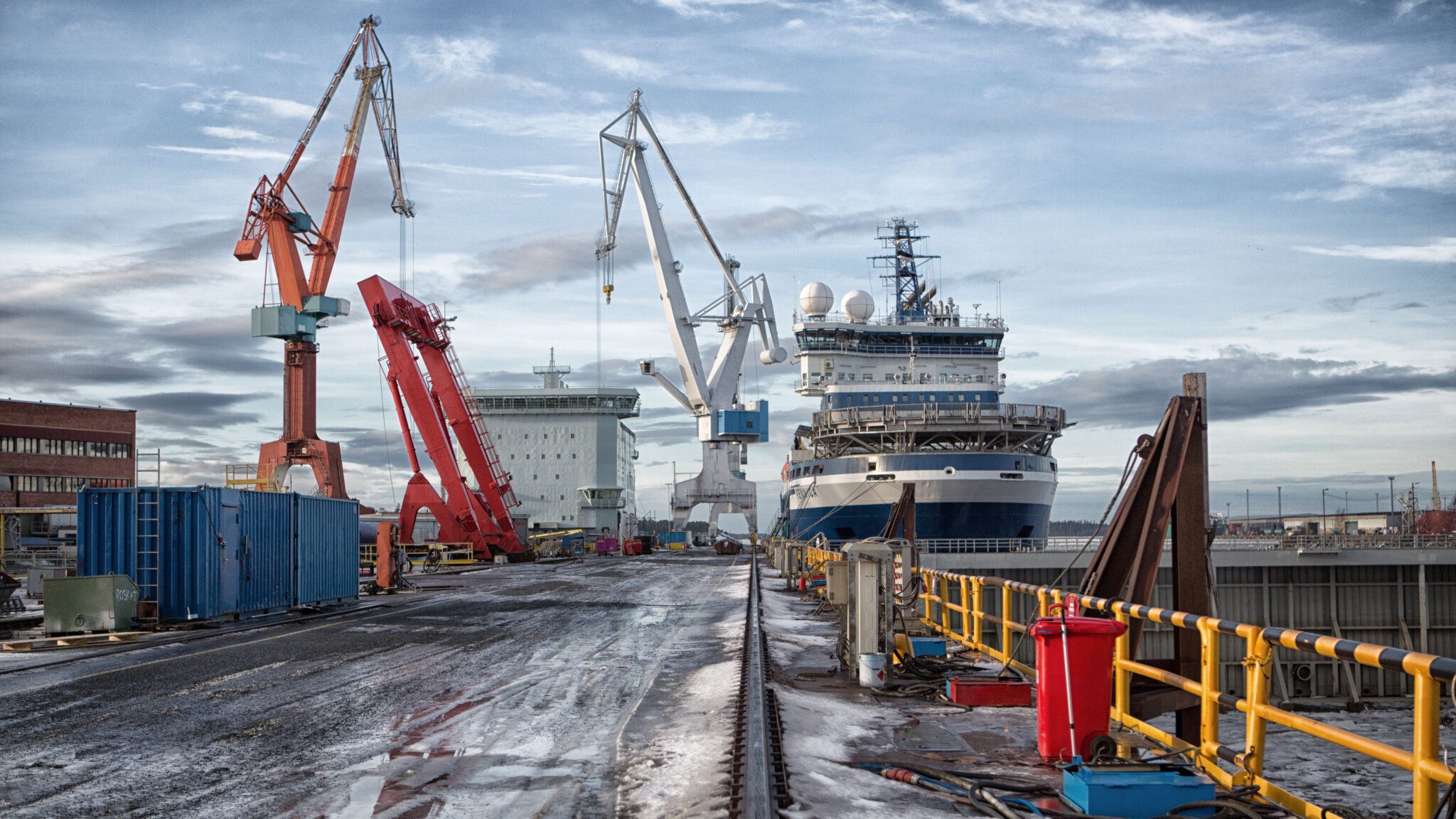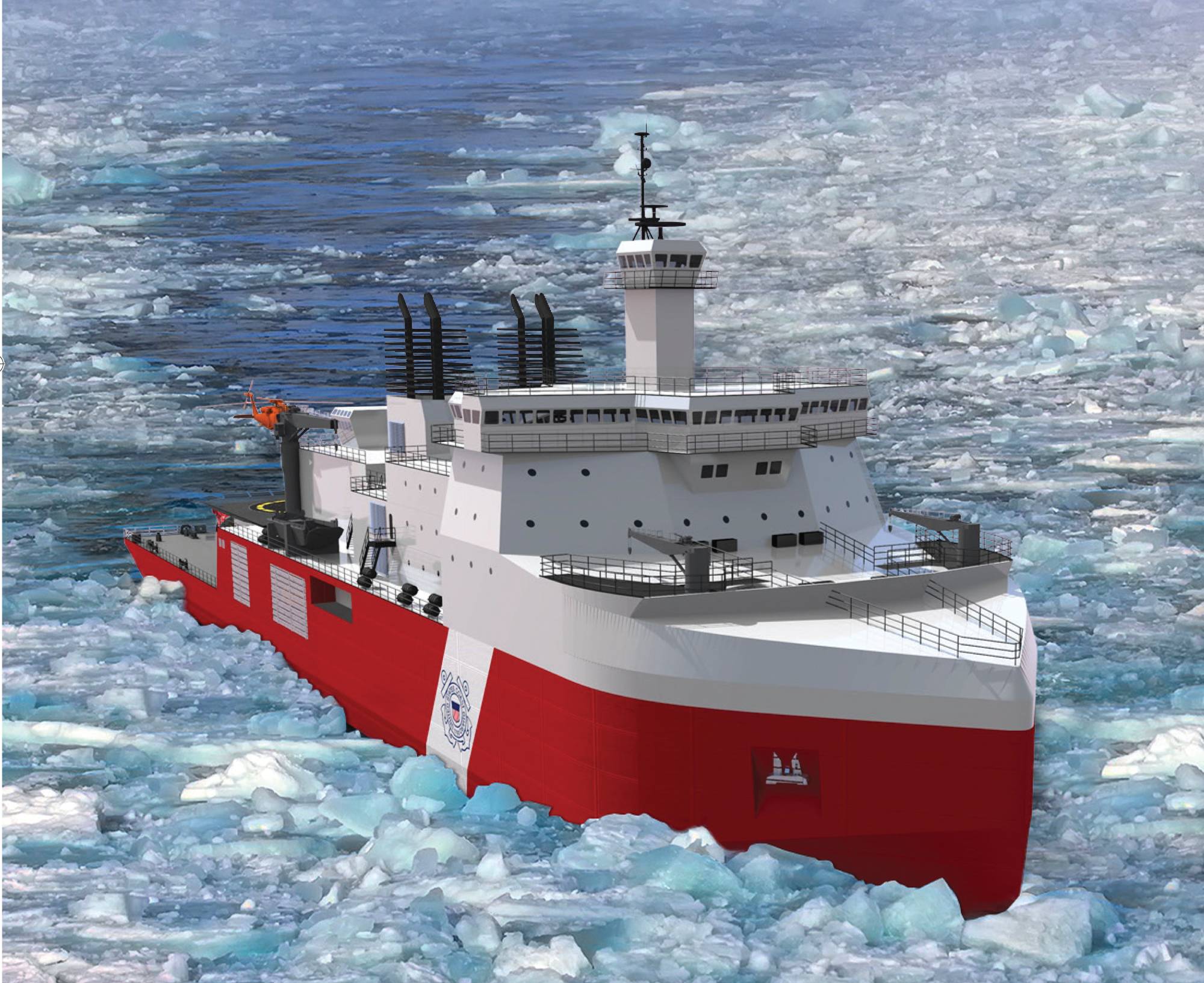Rumour has it that the unfunded dream Corvette program has been renamed again.
Continental Defence Corvette.
IMHO it boxes the program in a bit more from the Canadian Multi Mission Corvette. And that's not a bad thing. It creates an obvious circle around the mission sets and size of the ship. From which follows range, endurance, sensors and crews. Which should reduce scope creep. (no LCS issues with to many missions for small platform and crew).
Stating it out loud that these are home game ships, and are designed as such. Whereas the RCD's are the away game ships.
For refresher the last information stated,
Under 105m long
Crew of 40
Strike length VLS
Single sonar
Full networking with offboard sensors.
Basically networked ships that all carry big AAW missiles to shoot stuff detected by other effectors or each other. I expect this would be considered a continental task group concept (3-4 CDC's plus submarine plus MPA/AEW) vs the expeditionary task group concept (4 RCD's, 1 JSS, embarked air dets, submarine optional).
At some point we're gonna have to create a different thread for this. Maybe when there is an official announcement.
I'm wondering if the "Continental" part of the "Continental Defence Corvette" refers to the proposed idea of using these ships as a networked ABM platform rather than them being "home game" rather than "away game" ships. No doubt, if that's the case they wouldn't necessarily require extended range or endurance for the North American ABM role, but to be honest I question the logic of that role.
The Strike length VLS is presumably so that the CDC can launch the SM-3 missile for the ABM role - which would have to be guided by the Aegis system on an accompanying River-class Destroyer. The likelihood of an enemy surface fleet approaching the coast of North America in the face of the USAF, and USN submarines and surface ships is in my opinion extremely low so the the Strike-length VLS wouldn't be intended for Tomahawks or LRASM's.
This is where the logic breaks down for me. The SM-3 is design and optimized for intercepting Short to Intermediate Range Ballistic Missiles (SRBM/IRBM) but have extremely limited against Intercontinental Ballistic Missiles (ICBMs). From Chatgpt:
The
SM-3 (Standard Missile-3) is
primarily designed to intercept short- to intermediate-range ballistic missiles (SRBMs and IRBMs) during the
midcourse phase of flight. However, its effectiveness against
intercontinental ballistic missiles (ICBMs) is
limited and conditional.
Key Points:
 What SM-3 Can Do:
What SM-3 Can Do:
- The SM-3 Block IIA variant has demonstrated some capability to intercept ICBMs in test scenarios.
- In November 2020, during a test dubbed FTM-44, an SM-3 Block IIA missile launched from an Aegis Ballistic Missile Defense (BMD) ship successfully intercepted a target representing an ICBM.
- The Block IIA has a larger rocket motor and improved kinetic warhead, allowing it to reach higher altitudes and faster speeds than earlier models.
 Limitations:
Limitations:
- ICBMs are much faster (reentry speeds of ~7 km/s or more) than the targets SM-3 was originally designed for (~3-4 km/s).
- ICBM intercepts are extremely challenging due to:
- Higher speeds
- Decoys and countermeasures
- Global trajectory and limited engagement window
- The SM-3 is not currently deployed as a primary defense against ICBMs—that role is filled by systems like the Ground-based Midcourse Defense (GMD).
Strategic Context:
- The U.S. Missile Defense Review (2019) acknowledged the SM-3 Block IIA’s "potential" to defend against ICBMs, but emphasized it's not a replacement for systems like GMD.
- Using SM-3s against ICBMs would likely only be viable in limited scenarios (e.g., from North Korea with a small number of missiles, and in coordination with other systems).
Summary:
- SM-3 Block IIA has demonstrated some potential against ICBMs, but it is not a reliable or primary defense against them.
- It’s best suited for regional missile defense against short- and medium-range threats.
- For full ICBM protection, systems like GMD and future technologies (like NGI – Next Generation Interceptor) are critical.
 Test Evidence:
Test Evidence:
- FTM-44 (Nov 2020): An SM-3 Block IIA launched from USS John Finn successfully intercepted a target ICBM-type missile in space.
- This was the first and only publicly known successful ICBM-type intercept by a Standard Missile.
- Target simulated a "simple" ICBM—no complex countermeasures.
 Limitations:
Limitations:
- ICBMs travel too fast (~7+ km/s) and may deploy multiple warheads and decoys, making interception by the SM-3 IIA difficult.
- The SM-3 is not integrated into the Ground-Based Midcourse Defense (GMD) system, which remains the main U.S. defense against ICBMs.
- Deployment location matters: SM-3s are deployed on Aegis ships or Aegis Ashore sites, and their positioning may not always provide the needed geometry or reaction time for high-speed ICBM threats.
So, given their limited usefulness against ICBMs (and the fact that they are unlikely to be positioned in the Arctic along the most likely route of Russian ICBMs) then presumably they would be intended to intercept short/intermediate range ballistic missiles launched from submarines approaching our coasts against North America.
If enemy subs were to launch such an attack I'm fairly confident that NORAD would likely classify it as a potential first-strike, decapitation attack and would respond with a nuclear counter-strike. I'm sure that the Russians and Chinese know this and for that reason wouldn't launch a conventional ballistic missile strike against North America for fear of such a response. So if the sub-launched strikes were rather part of a larger, full-scale nuclear strike against North America then shooting down a handful of SRBM/IRBM's launched from subs would likely do nothing more than bounce the rubble created by the massive ICBM strikes.
Where anti-SRBM/IRBM capability WOULD be quite useful would be in an expeditionary conflict in the Pacific, or the Persian (er, Arabian) Gulf, the Red Sea, etc. where these types of conventional missiles could quite possibly be used against Canadian or allied ships. However for the CDC to be useful in those situation it would have to have the range and endurance that is not in the design. Same with having the Strike-length VLS launched Tomahawk and LRASM missiles.
Frankly, the whole program doesn't make much sense to me.









